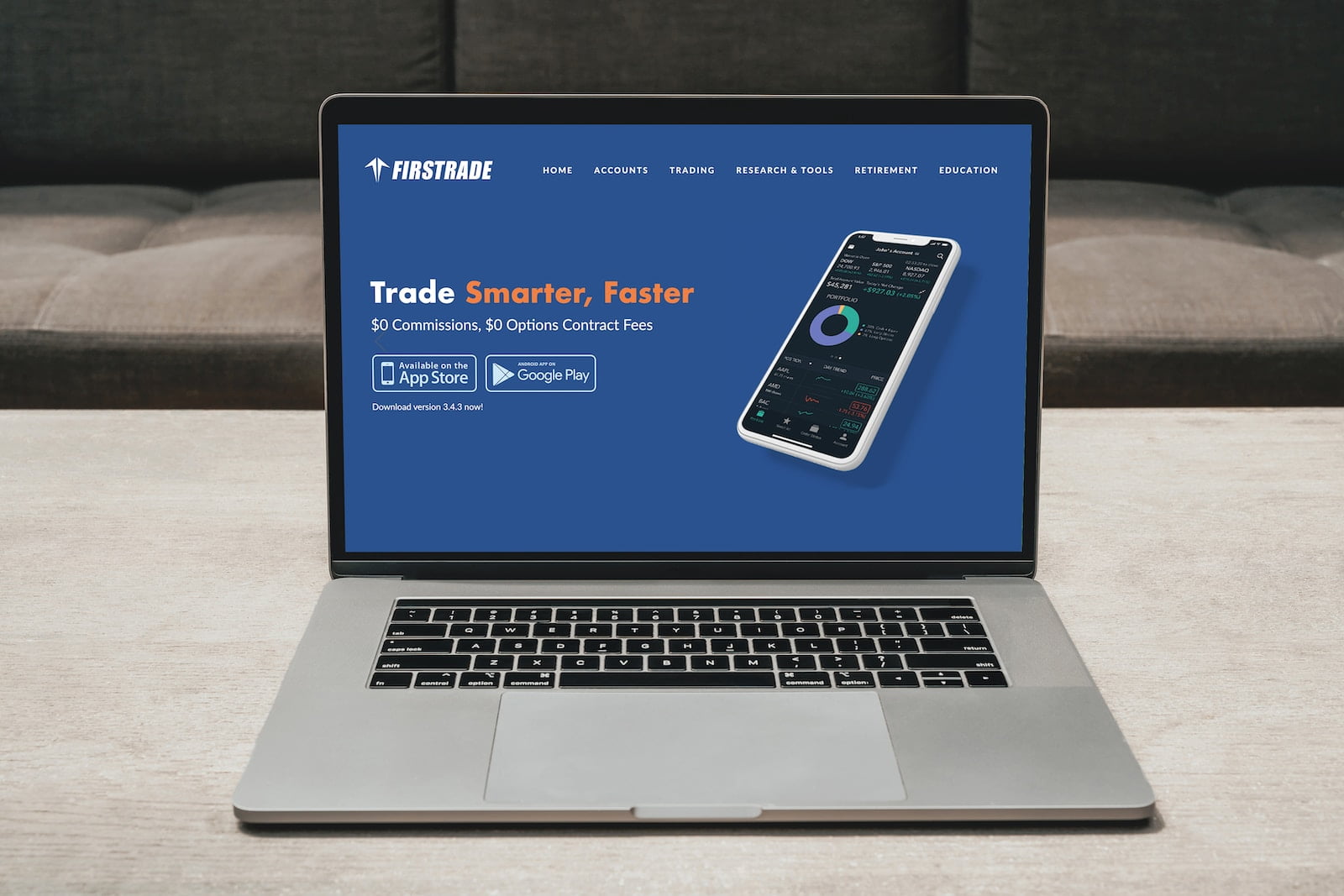In the fast-paced world of financial markets, trading success is often attributed to a combination of skill, knowledge, and strategy. Among the essential tools available to traders, backtesting strategies stand out as a crucial element in the quest for consistent profitability. This article explores the significance of backtesting in trading, how it works, and why it’s considered a cornerstone of successful trading.
What is Backtesting?
Backtesting is the process of evaluating a trading strategy or system using historical market data. Traders use backtesting to assess how a strategy would have performed in the past to gain insights into its potential future performance. It’s essentially a way to test a trading idea or approach before risking real capital.
The Steps of Backtesting:
Select a Trading Strategy: The first step is to choose a trading strategy or set of rules you want to test. This could be a technical analysis approach, a trend-following strategy, or any other methodology.
Gather Historical Data: You’ll need access to historical price data for the asset you intend to trade. This data should include price, volume, and other relevant metrics.
Define Entry and Exit Rules: Precisely define the criteria for entering and exiting trades based on your chosen strategy. This could include specific technical indicators, price patterns, or fundamental factors.
Run the Backtest: Utilize trading software or platforms that offer backtesting capabilities to simulate the historical performance of your strategy. The software applies your rules to the historical data to generate a series of hypothetical trades.
Analyze Results: Review the results of the backtest, which typically include performance metrics like profit and loss, win rate, maximum drawdown, and risk-adjusted returns.
The Significance of Backtesting:
Risk Mitigation: Backtesting helps traders identify and address potential flaws or weaknesses in their strategies before risking real capital. This can reduce the likelihood of substantial losses.
Confidence Building: Successful backtesting can boost a trader’s confidence in their chosen strategy, enabling them to execute it with discipline and conviction.
Strategy Refinement: Backtesting provides valuable data for refining and optimizing trading strategies, allowing traders to make informed adjustments.
Performance Expectations: Traders can use backtesting results to set realistic performance expectations and establish risk management rules.
Challenges and Considerations:
Assumptions and Limitations: Backtesting relies on historical data, and market conditions can change. Assumptions made during backtesting may not hold in the future.
Overfitting: Over-optimizing a strategy based on historical data can lead to “overfitting,” where a strategy performs well historically but poorly in real-time trading.
Conclusion: Empowering Trading Success Backtesting strategies is an invaluable tool for traders looking to achieve consistent success in financial markets. By rigorously testing and analyzing their trading ideas using historical data, traders can refine their strategies, manage risks effectively, and enter the market with a greater sense of confidence. While it’s not a crystal ball predicting future market movements, backtesting is an essential step in a trader’s journey toward profitability and achieving their financial goals. When done diligently and with an understanding of its limitations, backtesting becomes a key pillar of successful trading.

+ There are no comments
Add yours